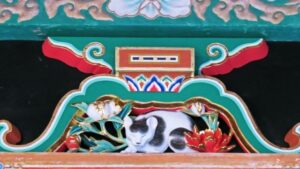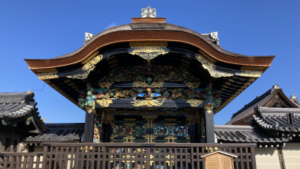Engakuji Temple: A Monument to Japan’s Victory Aginst the Mongols
Engakuji Temple, ranked second among the Five Great Zen Temples of Kamakura, is located near Kitakamakura Station. It was founded in 1282, a year after Regent Hojo Tokimune overcame two Mongol invasions, intending to protect the nation, promote Zen teachings, and mourn for all war victims on both sides. Upon entering through the Sanmon gate, visitors ascend a gentle staircase that leads to the Butsuden, the main hall, and the Hojo. Inside the Butsuden, the principal image of Vairocana-Buddha, adorned with a sacred crown, welcomes all. Sitting on the veranda of the Hojo with the sliding door open, the view of Myoko-chi Pond is breathtaking. The Katomado window of the Shariden Hall, a national treasure, is straight and simple, yet still evokes the spirit of the Kamakura samurai.
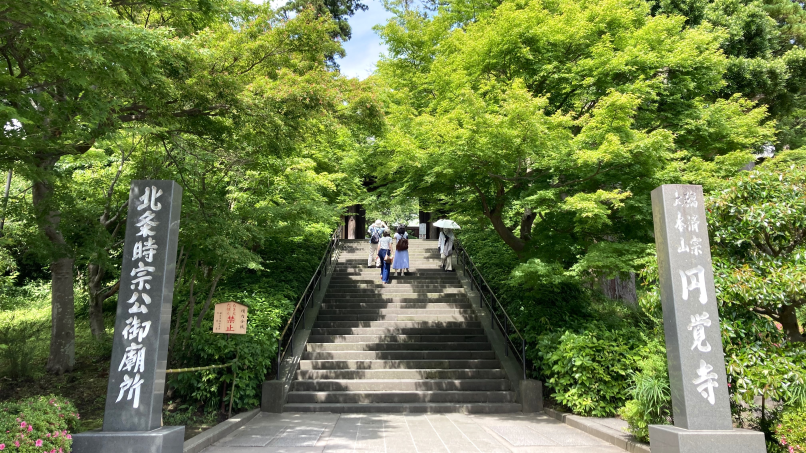
Eighteen-year-old Regent Hojo Tokimune's Challenge
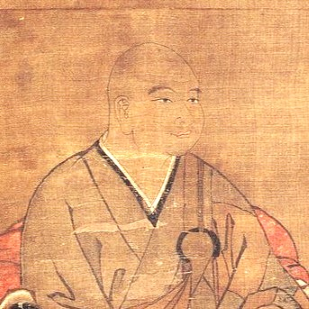
At the end of the Kamakura period (1185-1333), Japan faced two invasions from the Mongol Empire (Yuan), which had been predicted in the "Rissho Ankoku Ron," a book written by Nichiren, the founder of Nichiren Buddhism, as an "invasion from a foreign country.” The first Bunei invasion occurred in 1274, and the second Koan invasion occurred in 1281. Hojo Tokimune (1251-1284, 北条時宗), who became the 8th regent of the Kamakura Shogunate at 18, faced a threat shortly after Kublai Khan, the fifth emperor of the Mongol Empire, sent a letter to Japan in 1268, demanding that Japan submit to the Mongols. Tokimune's response was resolute: "No reply is necessary" to such a rude letter. Meanwhile, he steadily prepared Japan for the impending attack. Both invasions were successfully defended by samurai retainers led by Hojo Tokimune.
The Bunei Invasion in 1274
On November 4, 1274 (October 5, Bun'ei 11), the Yuan forces launched an invasion of Tsushima Island with 900 ships and about 30,000 troops. The Shugodai, deputy military governors of the Kamakura Shogunate, Taira Kagetaka, and his men tried to intercept the Yuan forces, but they were destroyed by the overwhelming superiority of the Yuen forces. The islanders were either slaughtered or taken prisoner. Subsequently, on November 19, the Yuan forces landed in Hakata Bay and engaged in fierce battles with the Shogunate forces in various parts of northern Kyushu. Unlike the Kamakura samurai's fighting method one by one after naming himself, the Yuan forces attacked in coordinated groups at the sound of drums, using explosive bombs and poisoned arrows with high killing power. The Shogunate forces struggled against these tactics, but fought valiantly and succeeded in defeating and routing the Yuan forces at the Battles of Akasaka and Torikaigata. After failing to conquer the Dazaifu regional government in their short attack, the Yuan forces retreated to their ships in Hakata Bay. That night, a storm blew over the Kyushu area, causing many of the Yuan ships to disappear without a trace. It is believed that the ships either sank or were withdrawn to regroup.
The Koan Invasion in 1281
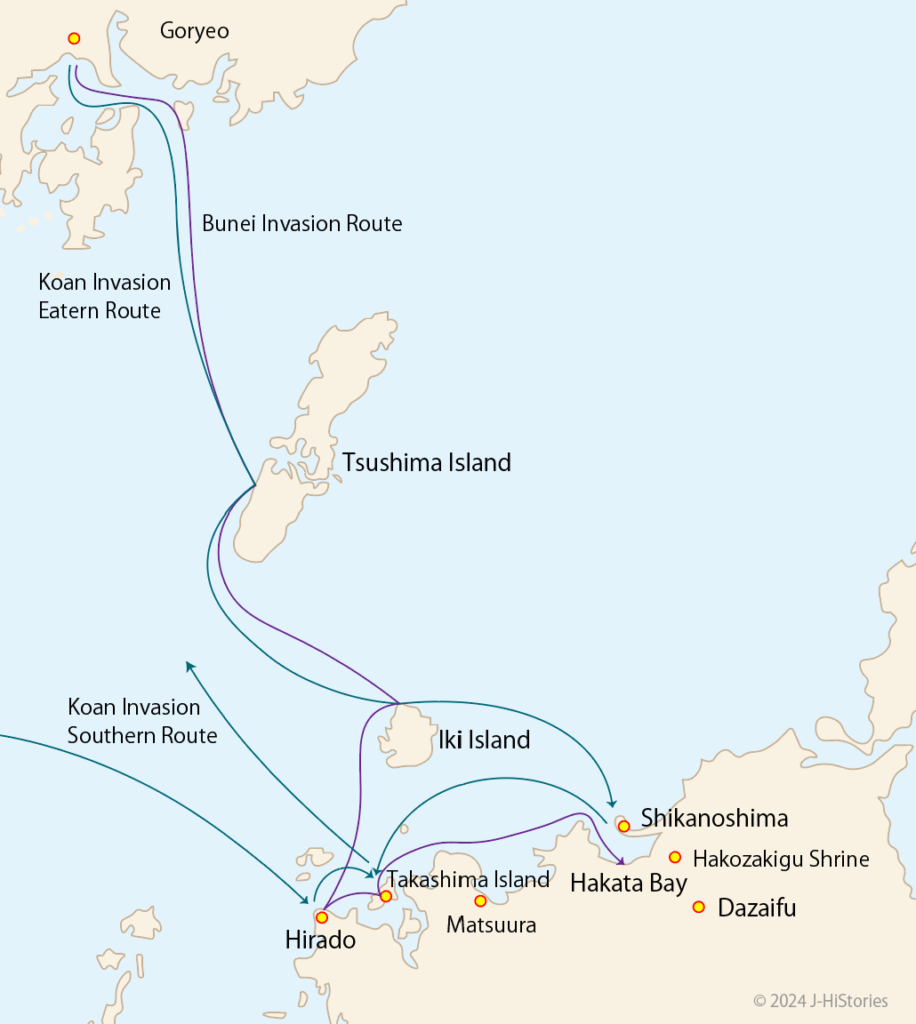
Kublai Khan launched his attack on Japan with the largest army in the world at the time consisting of 140,000 soldiers aboard 4,400 warships. This force included the "Eastern Route Army" of 40,000 soldiers from Yuan and Goryeo, and the "Southern Yangtze Army" of 100,000 soldiers from the former Southern Song, which had been conquered by Yuan. However, the Southern Yangtze Army failed to arrive in time, leaving the Eastern Route Army with only 40,000 soldiers to fight. When they tried to land at Hakata Bay, they were blocked by the fortifications built by samurai retainers ordered by Tokimune. Consequently, they pulled back to Shiga Island at the tip of the cape and anchored their warships there. Meanwhile, the Shogunate forces launched night raids with highly mobile small boats and daytime attacks from two directions: the sea route and the Umi-no-naka-michi, a sandbar leading to Shiga Island. This resulted in a fierce battle. Kawano Michiari, a general of the Iyo navy under the Kamakura Shogunate, played a key role in this naval battle. He gained recognition for jumping on a Yuan warship with a broadsword and capturing an enemy officer alive.
On July 27, the Shogunate forces, having intelligence that the Eastern Route Army, which had fled from Shiga Island, had joined forces with the Southern Yangtze Army on Takashima Island, launched an attack with a fleet led by the Matsuura faction of the Shogunate, skilled in reading the waves and winds, maneuvering their ships through rough seas. The naval battle was fierce. After a long and fierce battle, the Shogunate forces pulled off around dawn. On July 30 (July 1 in a leap year, August 23 in the Gregorian calendar), a storm hit the Yuan forces, which were pinned down at Takashima Island. Many of the Yuan warships sank, especially those of the Southern Yangtze Army. Afterward, the Yuan generals held a military council, resulting in a decision to retreat. Four days later, the Shogunate forces launched a general attack against the Yuan forces at Imari Bay and Mikuriya, wiping them out. Samurai retainers such as Takesaki Suenaga boarded the Yuan warships, engaged in hand-to-hand combat, and succeeded in taking their heads.
Hojo Tokimune's Survival Strategies of the National Crisis
Why did the young regent, Hojo Tokimune, and his samurai retainers successfully defend Japan from the Yuan invasions and maintain its independence? There are two aspects: (1) the strategy and tactics of Tokimune and the retainers of the Kamakura Shogunate were superior, and (2) the self-destructive elements inherent in the Yuan army contributed to their victory. Typhoons were also on the side of Japan.
Expedited Stone Tsuiji Construction Along Hakata Bay
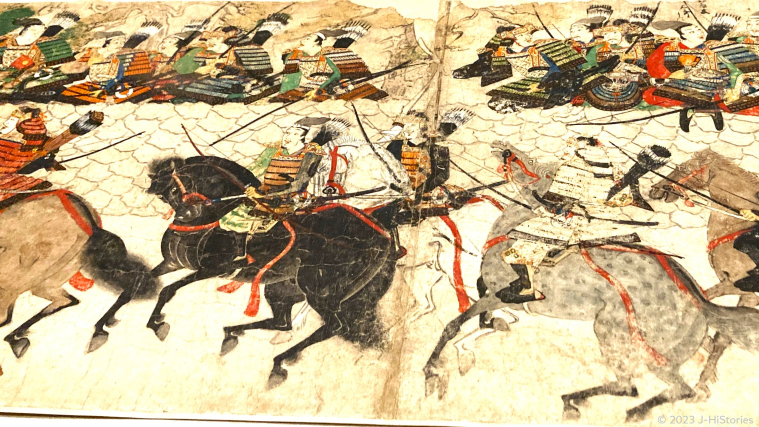
@ Sannomaru Shozokan Museum
Immediately after Tokimune received the first letter from Yuan, he ordered his retainers in Kyushu to guard and defend key strategic points. After the Bunei Invasion, Tokimune ordered the construction of a 3-meter-high stone fortification, known as Stone Tsujii, along the coast of Hakata Bay, spanning approximately 20 km. To expedite the construction, the project was completed in just six months by dividing the work among local samurai retainers. Earth was piled on the island side, allowing the Shogunate horses and warriors to go up on Stone Tsujii, while the beach on the Yuan side was fortified with obstacles such as random piles and abatis. The stone fortifications were so effective that the Yuan forces had difficulties landing on the beach.
Broadening Shogunal Military Authority Reach
The fundamental relationship of the Kamakura Shogunate was originally based on a reciprocal “favor and service” relationship between the Shogunate and its retainers. The Shogunate guaranteed the retainers ownership of their estates, and in return, the retainers provided military services to the Shogunate whenever necessary. However, upon the battles on Tsushima and Iki Islands broke out in 1274, Tokimune made the bold decision to issue a decree to mobilize the necessary non-retainer residents who lived in the land of the "Honjo-Ichien - 本所一円地," the fiefdoms of the imperial family, court nobles, temples, and shrines. The decision to address the national crisis, even if it meant transcending the long-standing principle that "the authority of the Shogunate does not extend beyond the non-retainers of the Shogunate," pushed Japan into a full-scale national mobilization to fight the war. In addition to military command, the Shogunate also asked the imperial court to collect an annual tribute in the form of military provisions from the manors of four areas in the Kyushu and Chugoku regions that were not directly under the Shogunate control to secure food for the troops.
On-Site Capabilities of the Samurai Retainers
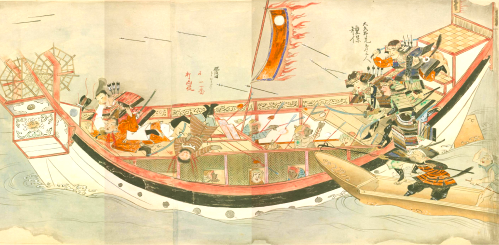
Tokimune first mobilized his retainers from across Kyushu and Hiroshima to Northern Kyushu to prepare for battle against the Yuan army. In the final decisive battle of the Koan Invasion, the Battle of Takashima Island, Tokimune dispatched a large force, estimated at over 60,000 warriors under the command of the Rokuhara Tandai, the military commissioner in Kyoto, to the battlefield in Northern Kyushu. Since the battle was fought in a remote area far from Kamakura and the situation on the ground was constantly changing, the outcome was largely dependent on the judgment of each samurai retainer. Bound to the Shogunate by their “favor and service” relationship, the retainers made the most of their abilities, employing the most effective battle methods and tactics to fend off the Yuan forces during the two-month-long Koan Invasion. In the Battle of Shiga Island, the samurai not only fought during the day but also launched night attacks by rowing to the Yuan warships in small boats under the cover of darkness. The brave and daring Kamakura warriors, divided into small boats, demonstrated their field skills by cutting into the Yuan ships and launching guerrilla-style attacks, such as setting fires and throwing filth on the ships to spread the disease, according to the circumstances.
We Will Never Surrender to a Foreign Power
After the Bunei Invasion, Tokimune was confronted by five envoys from the Yuan who recommended the surrender. Unwilling to accept a demand for surrender from a foreign country, Tokimune had envoys executed, declaring that he could not bow to their demands. Having learned of the hardships of being a tributary state from Japanese-Song traders and monks who had come to Japan, Tokimune was resolute in his refusal to subordinate Japan to the Yuan. He expressed his intention to defend Japan's independence, both domestically and internationally, by any means necessary. This strong stance made the retainers realize once again that war was inevitable, and preparations for battle accelerated. The young Tokimune was supported by Mugaku Sogen, a Zen priest of the Rinzai sect, who offered him the Zen teaching “Makujikiko (驀直去),” which means “Go straight ahead without hesitation," through the Zen riddles. Encouraged by these words, Tokimune prepared to face the Yuan forces with determination.
Tokumune's Letter: Unite to Fight Against The National Crisis!
After Tokimune had the envoys executed, he issued a document to the vassals in Kyushu. It said: Disputes over territory in Japan are the height of disloyalty. In times of national crisis, everyone must do their duty to defend the country! The fundamental policy of the Kamakura Shogunate was based on a reciprocal “favor and service” relationship between the shogunate and its retainers. The shogunate guaranteed ownership of the retainer’s estates, which were important next to their lives. In return, they provided military services to the shogunate whenever necessary. This is the moment when this principle is fully demonstrated.
Divine Appeals During the Yuan Invasions
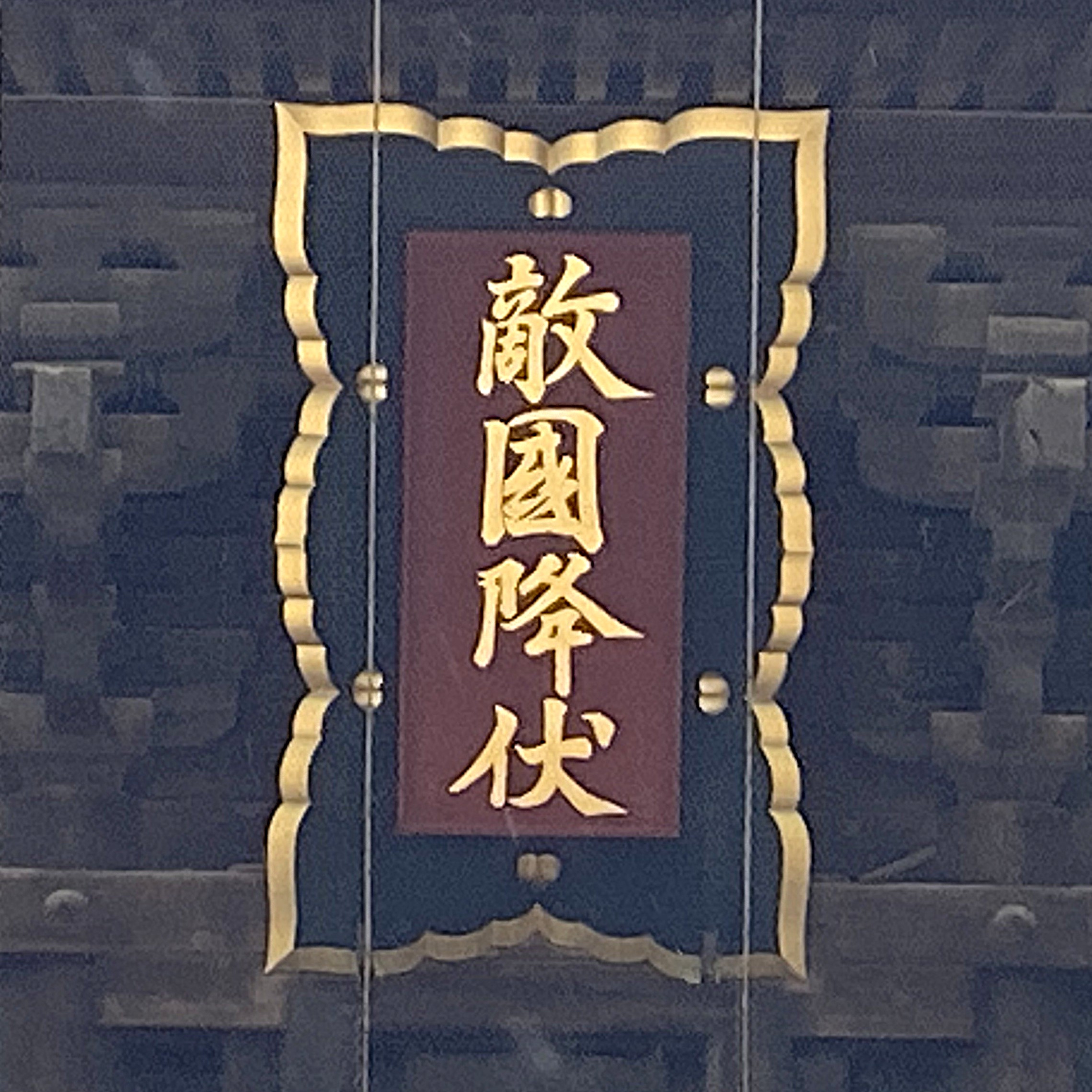
In response to the national crisis, the Imperial Court and the Shogunate repeatedly prayed to the deities at 22 shrines across Japan, including the Ise Jingu Shrine and the Iwashimizu Hachimangu Shrine. These prayers and offerings were made for “Subduing foreign powers (敵国降伏), “ seeking divine intervention in the face of the threat. The 90th Emperor Kameyama (1249-1305, reigned 1260-1274), who was on the throne during the Yuan invasion, had an imperial inscription for “Subduing the enemy nation", reflecting his hope for a peaceful resolution to the conflict. This inscription was dedicated to Hakozakigu Shrine, located near Hakata Bay. Although Hakozakigu Shrine was burned down during the Bunei invasion, it was rebuilt, and an enlarged copy of the emperor’s inscription was prominently hung on the wall.
Yuan’s Military Blunders
A 140,000-strong Army Was Forced to Divide In Two.
The 140,000-strong Yuan army consisted of the 40,000-soldiers "East Route Army", mainly Yuan and Goryeo troops, and the 100,000-soldiers "Southern Yangtze Army" from the Southern Song, which had been defeated by Yuan and sent into battle. The original plan was for the two armies to meet at Iki Island and then attack Dazaifu together. If they had joined forces, it is said that 4,400 warships, nearly five times the number of the Bunei invasion, would have flooded into Hakata Bay. However, the commander-in-chief of the Southern Yangtze Army, Arakan (阿剌罕), fell ill and delayed the departure for a month and a half. As a result, when the East Route Army arrived at Hakata Bay, the Southern Yangtze forces were nowhere to be seen. In addition, the Southern Yangtze Army did not head for Iki Island as planned, but went to Hirado near Dazaifu, thus splitting the 140,000-strong force completely in two. This division forced the 40,000 troops of the Eastern Route Army to fight the Shogunate's army.
Discord among Generals Lacking Unity of Will
Most of the soldiers who made up the Yuan army came from the Goryeo and Southern Song dynasties, which had been conquered by the Yuan. They had no reason to attack Japan, their morale was low, and there was a lack of unity among the commanders of different races.
Disadvantages of Seasick Yuan Forces on Goryeo Ships
The Goryeo ships used by the Yuan army to attack Japan were of sturdy construction with double-layered ship bottoms and were able to withstand storms without sinking. However, by the time they arrived at Hakata Bay, many of the soldiers and horses were seasick and weak, and the situation was not conducive to a full-scale battle, which was said to be an advantage for the brave samurai warriors of the Shogunate.
Tokimune Eternally Sleeps at Egakuji Temple
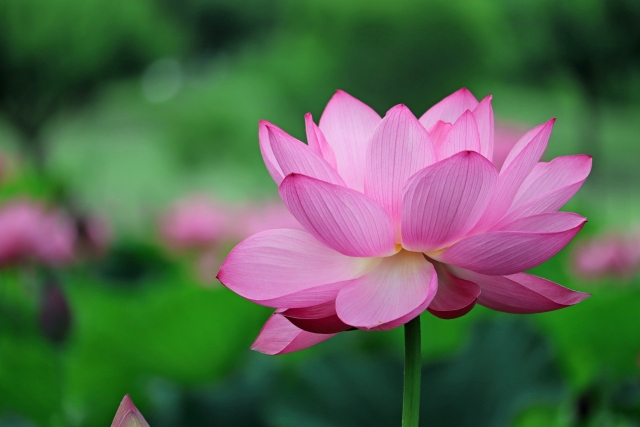
At the time of the Mongol invasion, the elders assisting Tokimune, who had become regent at a young age, had died one by one, forcing Tokimune personally to make the final decision himself. Even after his victory in the Battle of Koan, Tokimune had to strengthen the national defense in preparation for the next attack by the Yuan invaders. Until the last moment of his life, he was confronted with a national crisis and never felt at ease. Visit Engakuji Temple and reflect on the achievements of Tokimune, who protected the nation at a young age.
Hojo Tokimune Timeline
| 1185 | Minamoto Yoritomo established Kamakura Shogunate | - | Kamakura Period |
| 1251 | Hojo Tokimune was born | Age =1 | |
| 1268 | Hojo Tokimune assumed Regent of the Kamakura Shogunate | 18 | |
| 1274 | Mongol invasions to Kyushu (The Bunroku War) | 24 | |
| 1281 | Mongol invasions to Kyushu again (The Koan War) | 31 | |
| 1284 | Hojo Tokimune passed away | 34 | |
| 1334/01 | The Kenmu Restoration had begun | - | Northern and Southern Courts Period |
Recommendations to Visit
Engakuji Temple
- Access: A 52 minutes from Tokyo Station to Kita-Kamakura Station on JR Yokosuka Line
Mongol Invasion Historical Museum
- Access: A 3 minutes from Hakata Station to Yoshizuka Station on JR Kagoshima Main Line. A 3-minute walk.

